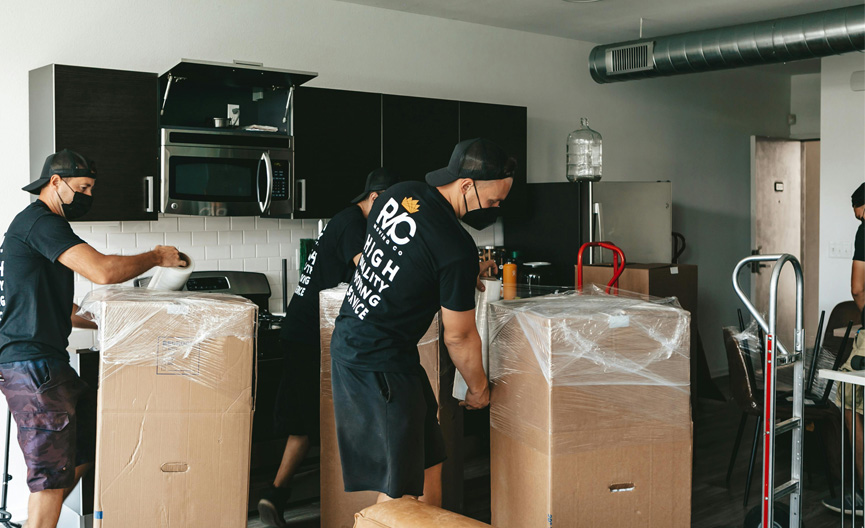Pop-ups offer ultimate freedom — whether you’re trading from a market, a van, a shared space or even a park. That flexibility makes them ideal for new businesses and creative start-ups.
But with that freedom comes a challenge: storage. Unlike a traditional shop, you can’t leave anything behind. Everything must be packed away and taken home, often daily. That’s where smart storage makes all the difference.
What is a pop-up shop — and why do they work?
A pop-up shop is a short-term retail space that lets you sell without the commitment of a permanent store. They’re flexible, cost-effective, and ideal for testing new ideas, building brand awareness or launching a side hustle.
Whether you’re trading at a market or renting a space for a few weeks, pop-ups let you connect with customers face-to-face and adapt as you grow — with far less risk.
With the right planning, a pop-up can be a smart, low-pressure way to get your business moving.
How to Start a Pop Up Shop: What to Know Before You Begin
Starting a pop-up shop sounds simple: find a location, make something to sell, and get going. In reality, it takes planning, paperwork and a bit of investment to launch successfully. Whether you’re selling crafts at a local market or dishing up street food from a van, here are five simple steps to help you get started.
- Handle the paperwork long before you set up
Before setting up a pop up shopinLondon or elsewhere, make sure you’re properly licensed. Food and drink vendors in particular need extra permissions.
You’ll also need written consent or a short-term lease from your venue or landlord. If you’re trading from a public park or open space, check if the ‘28-day rule’ applies — this allows temporary commercial activity without formal planning permission, as long as you’re not in one place for more than 28 days. - Pick your location wisely
One of the most important decisions in how to start a pop up shop is where you trade. High-footfall areas are key. If you are setting up a pop up shop in London, think Soho, Mayfair, Borough Market, Portobello Road or Camden — all hotspots with heavy customer traffic. However, these spaces can be costly and competitive, especially if you’re just starting out.
To ease in, try local events or street markets that align with your product. Seasonal fairs, weekend food festivals or craft pop-ups can be less intense but still profitable. And if possible, pick a site close to a self-storage unit — that way, your pop up shop equipment is always within reach. - Get your equipment and transport sorted
Before you unveil your product to the world, make sure you’ve got the right pop up shop equipment. Selling handmade goods? Pack collapsible tables, attractive signage, and modular shelving. Running a food stall? You’ll need portable kitchen gear, cold storage, and hygiene supplies.
The golden rule: everything should fold, stack or wheel. These transport-friendly tools will make both set-up and pack-down smoother. If you’re not sure what to bring, check out similar pop up stall setups and build a custom kit that fits your offer. A clean, well-stocked stall not only keeps you organised — it tells customers you mean business. - Think about pricing and prep your stall essentials
Once your equipment is ready, think carefully about stock and pricing. Start with a limited inventory — you can always restock between days, especially if you’re using a nearby storage unit. Offer products at varied price points to attract more customers, and ensure all price tags are clearly visible.
Don’t forget the finishing touches: packaging, bags, promotional flyers, and a reliable way to take card payments. If your pop up stallis close to one of our self-storage facilities in London, that’s one less thing to stress about. Quick access to your stock means smoother trading — and fewer last-minute panics. Interested? Contact our friendly team to find out more. - Practice your setup
Run a trial at home before your first day. Set up your stall from start to finish to get a feel for timing, layout and flow. Make a checklist of what works and what doesn’t and fix any gaps before going live. This dry run helps you arrive calm and confident on launch day — ready to impress.
Why is Self Storage a Must Have for Pop Up Sellers?
Now that you know how to start a pop up shop, let’s cover one last essential: self-storage. Once your kit is sorted, you’ll need somewhere secure to keep it. That’s where short-term storage units come in — giving you a flexible, accessible base without overloading your car or living room.
But the benefits go far beyond convenience:
- Keep your stock safe and secure
Leaving gear in your van or behind a pop up stall is a gamble. Storage facilities offer round-the-clock CCTV, secure access, and climate protection that keeps your assets safe — even between events. - Get access when you need it
Pop-up trading hours can be unpredictable. With 24/7 access and app-controlled entry, your storage unit works around your schedule. No waiting on keyholders — just load up and go, even at first light. - Maintain a clutter-free stall
If you’re growing your business and want to impress, your setup needs to look professional. Too much stock on display can feel messy or overwhelming. Keep only what you need on-site, and store the rest. Your stall will look cleaner, more spacious and easier to shop.




